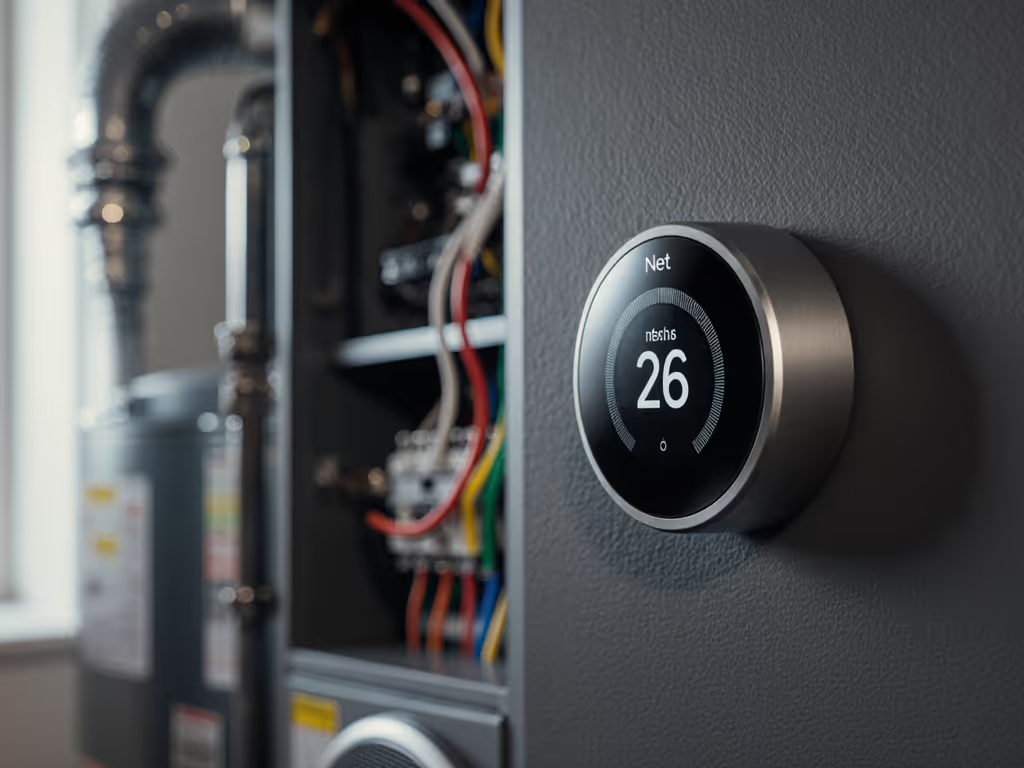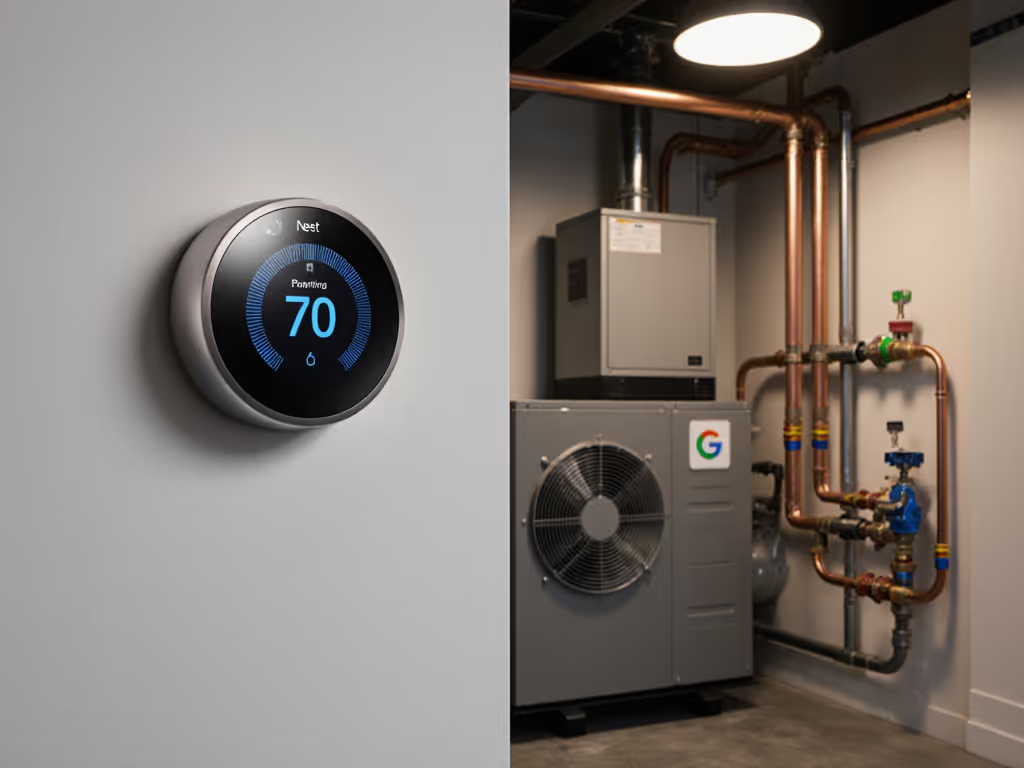Evaluating Nest Thermostat Compatibility with Geothermal Heat Pumps
For geothermal heat pump owners considering a Nest Learning Thermostat, compatibility with your HVAC system hinges on your system's voltage, staging configuration, and auxiliary heat setup. Geothermal systems, which leverage stable ground temperatures for highly efficient heating and cooling, require specific thermostat capabilities to manage multi-stage compressors, auxiliary heat strips, and reversing valves. Below, we dissect Nest models against geothermal requirements using wiring specifications and field data.
Nest Model Compatibility Breakdown
Based on technical documentation, here's how current Nest thermostats interface with geothermal systems:
| Feature | Nest Learning (3rd Gen) | Nest Learning (4th Gen) | Nest Thermostat (Budget) |
|---|
| Single-stage heat pumps | ✓ | ✓ | ✓<sup>*</sup> |
| Dual-stage compressors | ✓ | ✓ | ✗ |
| Auxiliary heat control | ✓ | ✓ | Limited |
| O/B reversing valve | ✓ | ✓ | ✓ |
| Humidifier/dehumidifier | ✓ | ✓ | ✗ |
| Power-sharing (no C-wire) | ✗ | ✓ | ✓ |
<sup>*</sup> Requires C-wire or Nest Power Connector.
Geothermal systems typically use closed-loop configurations with 24V control voltage, making them broadly compatible with Nest thermostats. However, dual-stage compressors, common in high-efficiency geothermal units, require the Nest Learning Thermostat (3rd/4th Gen) for proper staging control. Budget Nest models lack multi-stage support, risking inefficient operation or compressor damage.
Critical Wiring Considerations
Geothermal wiring often includes:
- Y1/Y2: Compressor stages (critical for modulating capacity)
- O/B: Reversing valve (switches between heating/cooling)
- W2/AUX: Auxiliary heat (electric strips for extreme cold)
- C: Common wire (powers thermostat)
Nest 4th Gen simplifies installations with Power Sharing, eliminating mandatory C-wires. If you're deciding between DIY and professional help, our wiring complexity guide breaks down costs, tools, and risk factors. However, geothermal systems with dual transformers or whole-home dehumidifiers demand professional installation due to complex wiring. A WaterFurnace owner confirmed Nest Gen 3 successfully managed auxiliary heat and staging, but noted meticulous configuration was essential to prevent auxiliary overuse.
Optimization and Efficiency Gaps
While Nest can reduce geothermal energy use via:
- Smart scheduling (pre-cooling/pre-heating during low-rate periods)
- Adaptive algorithms (learning cycle times for ground-source systems)
its staging logic may not maximize geothermal efficiency. Geothermal systems perform best with longer runtimes at partial capacity, but Nest's default algorithms prioritize rapid setpoint achievement, potentially triggering unnecessary auxiliary heat. Manual tweaking of Aux Heat Lockout settings is recommended to align with local climate and duct design. You can also fine-tune presence-based schedules with our geofencing optimization steps to limit auxiliary heat triggers.
When to Consider Alternatives
Seek non-Nest options if your geothermal system has:
- 3+ compressor stages
- Dual fuel (e.g., geothermal + gas furnace)
- Advanced ventilation/ERV integration
These configurations exceed Nest's capabilities. For simpler systems, verify compatibility using Google's interactive wiring tool before purchase. Track a month before you judge performance; geothermal response times differ dramatically from air-source heat pumps.
Final Recommendations
- Use Nest's Compatibility Checker with your actual wiring photos.
- For multi-stage systems, prefer 4th Gen Nest Learning for adaptive staging.
- Disable "Airwave" in settings to prevent premature auxiliary activation.
- Install remote sensors to balance temperatures across zones. If your home uses multiple zones, review our multi-zone thermostat guide to choose controllers that coordinate stages correctly.
Geothermal represents a significant investment, ensure your thermostat leverages its efficiency rather than undermining it.




